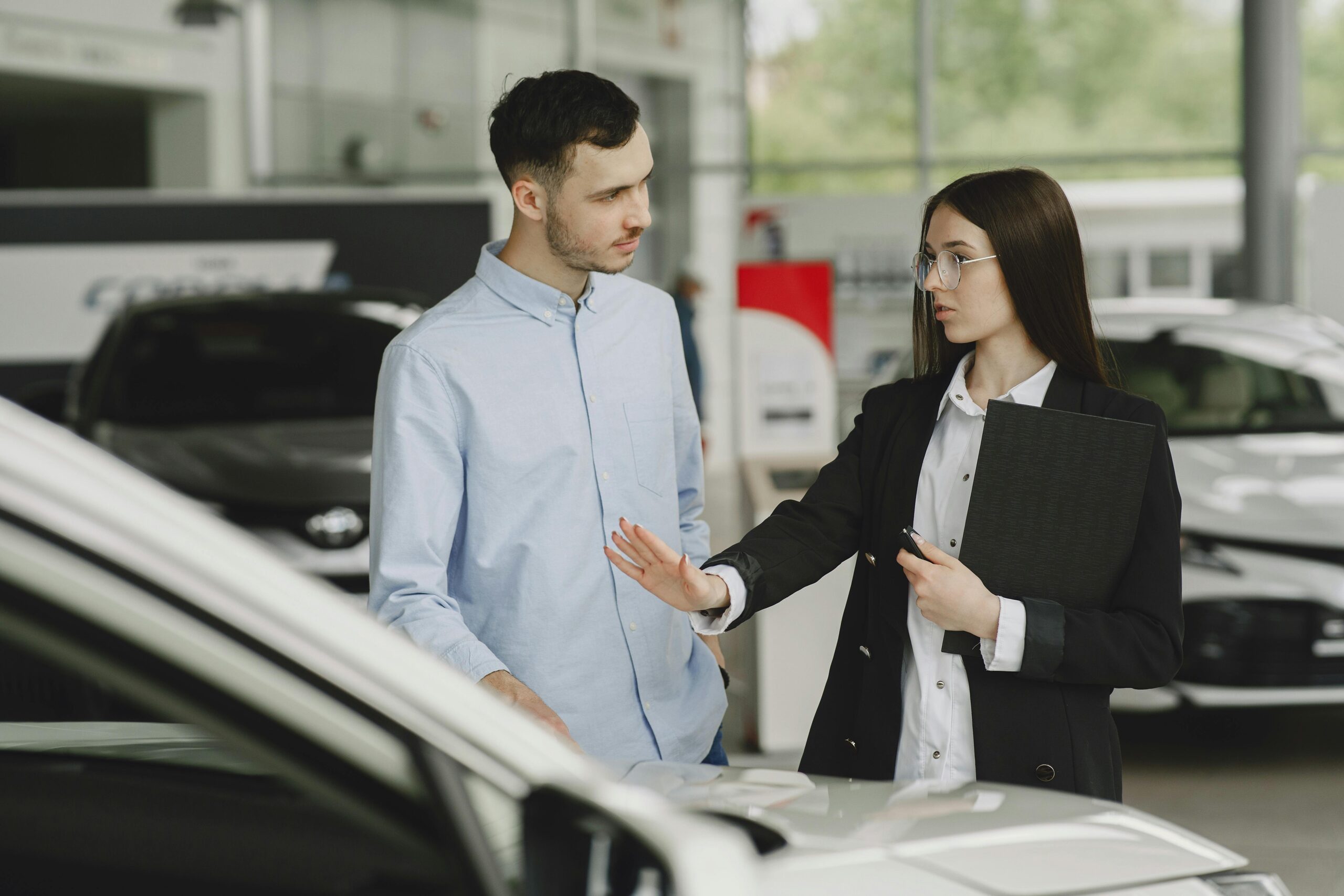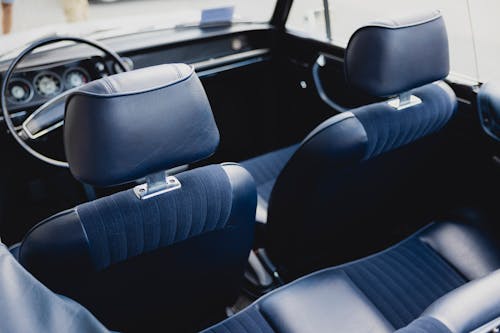
Introduction:
Buying a used car can be a smart move — you save money on the purchase price, avoid steep depreciation, and often get a reliable vehicle for daily use. But if you don’t know what to look for, you might end up with unexpected repairs or worse, a lemon. In this blog post, we’ll walk you through five essential things to check before buying a used car, so you can drive away with confidence.

Before anything else, get the car’s history. This report can reveal:
Accident history
Title status (clean, salvage, rebuilt)
Previous ownership
Service records
Websites like Carfax or AutoCheck provide this data using the car’s VIN (Vehicle Identification Number). A clean history report is a good sign, while red flags (like flood damage or multiple accidents) should make you reconsider.

Take a close look at the car’s body and cabin condition:
Exterior: Check for rust, mismatched paint, dents, or poor repair jobs.
Tires: Uneven wear may indicate alignment issues.
Interior: Look for damage to seats, dashboard, and electronics. Test windows, locks, lights, and the infotainment system.
Minor cosmetic issues are usually fine, but signs of poor maintenance or abuse could point to deeper problems.

Never buy a car without driving it first. Use the test drive to assess:
Engine performance: Does it start smoothly and run quietly?
Brakes: Do they respond quickly and evenly?
Suspension: Does the ride feel smooth over bumps?
Steering: Is it responsive or does it drift?
Listen for unusual noises and pay attention to how the car handles at different speeds.
Even if the car looks and drives fine, a certified mechanic can spot problems you might miss.
Ask for a pre-purchase inspection — it’s usually under $150 and can save you thousands in future repairs. The mechanic will check the engine, transmission, suspension, and other critical systems.
If the seller refuses an inspection, that’s a major red flag.
Use sites like Kelley Blue Book (KBB) or Edmunds to check if the asking price is fair based on the car’s condition, mileage, and location.
Make sure:
The title is clean and in the seller’s name.
The VIN on the car matches the one on the paperwork.
There are no outstanding liens (loans still attached to the car).
If everything checks out, you’re ready to negotiate and buy with confidence!
Conclusion:
Buying a used car doesn’t have to be a gamble. By doing your research, checking the vehicle thoroughly, and involving a trusted mechanic, you can find a great ride without breaking the bank. The time you spend inspecting now can save you headaches — and money — down the road.